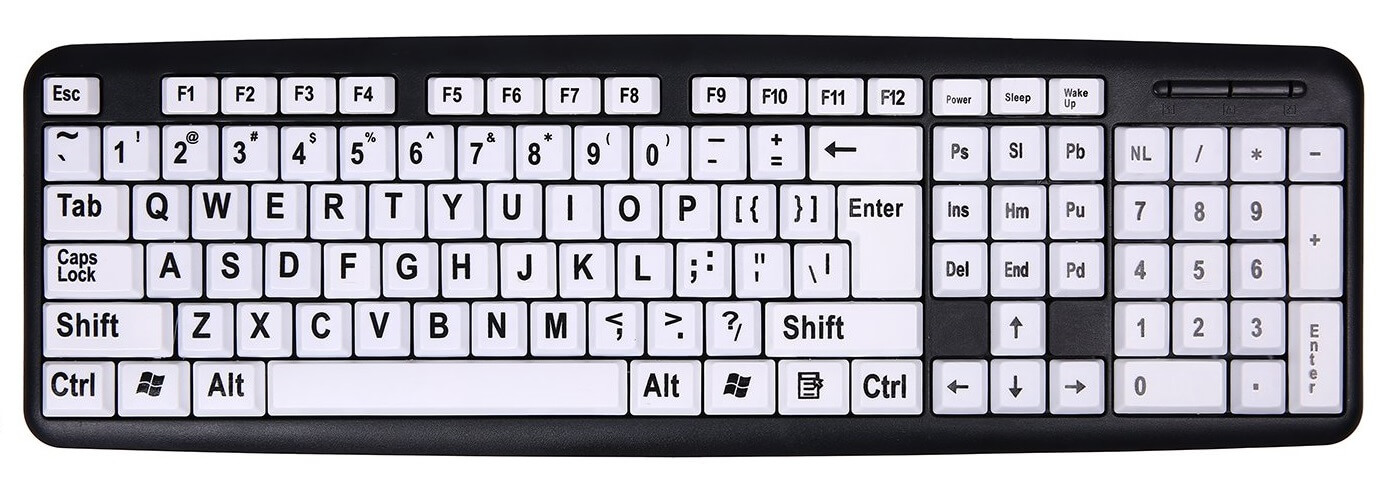

How many blind people use the internet?Īccording to the Centers for Disease Control and Prevention ( CDC), more than 4.2 million Americans are legally blind or suffer from low to limited vision. Individuals with tunnel vision, whose visual field is 20 degrees in diameter or less are also considered legally blind. A person with 20/200 vision, when standing 20 feet away from an eye chart can see what an individual with normal vision can see from 200 feet. In the US a person is legally blind if their visual acuity is 20/200 or less, with or without corrective lenses. The criteria for legal blindness varies in different countries. Complete blindness (cannot distinguish between light and dark).Low vision (cannot make out moving shapes).The definition of blindness includes a wide range of visual impairments, such as: Partially blind people have low or limited vision, which cannot be corrected using eyeglasses or lenses. A completely blind person suffers from a total loss of sight and may not be able to see even in light. It answers common questions such as can blind people use the internet? If so, then, how do they use the internet, what tools do they use to help them out? What do we mean by “blind”?īlindness is a state of severe visual impairment, which limits the ability of an individual to see objects under various conditions and environmental factors. We have prepared a comprehensive guide that explains the difficulties and accessibility issues of the internet for the blind. The ultimate aim of technology in this scenario is to provide the visually impaired with an online experience similar to that of a person with sight. Refreshable braille displays and braille keyboards are also an option for those trained to read braille.


Dictation software employing speech recognition technology allows voice commands to be translated to text or computer input.

Screen readers have built-in text-to-speech synthesizers that translate web elements and their contents into synthetic speech. Technology has empowered the blind and visually impaired to access online content using a wide range of assistive technologies. The only barrier that stands before them now is inaccessible content lacking support for assistive technology. Innovative solutions based on text to speech synthesis, optical character recognition, and speech recognition have empowered the visually impaired to navigate the digital landscape and enjoy the internet experience similar to people with sight.


 0 kommentar(er)
0 kommentar(er)
